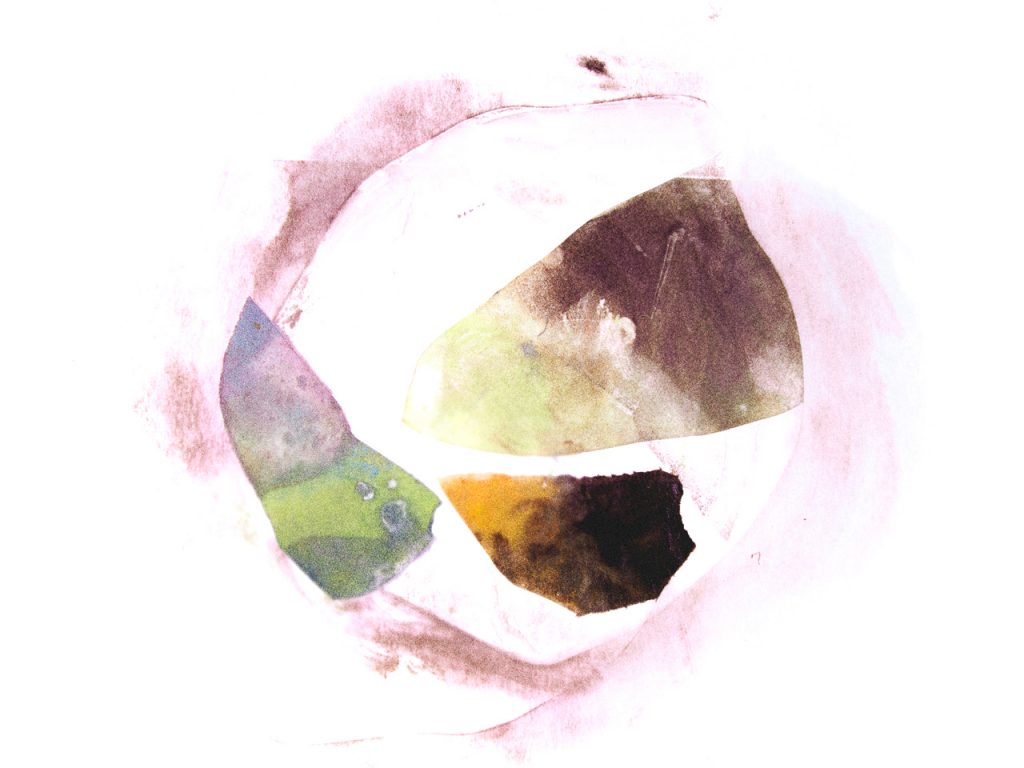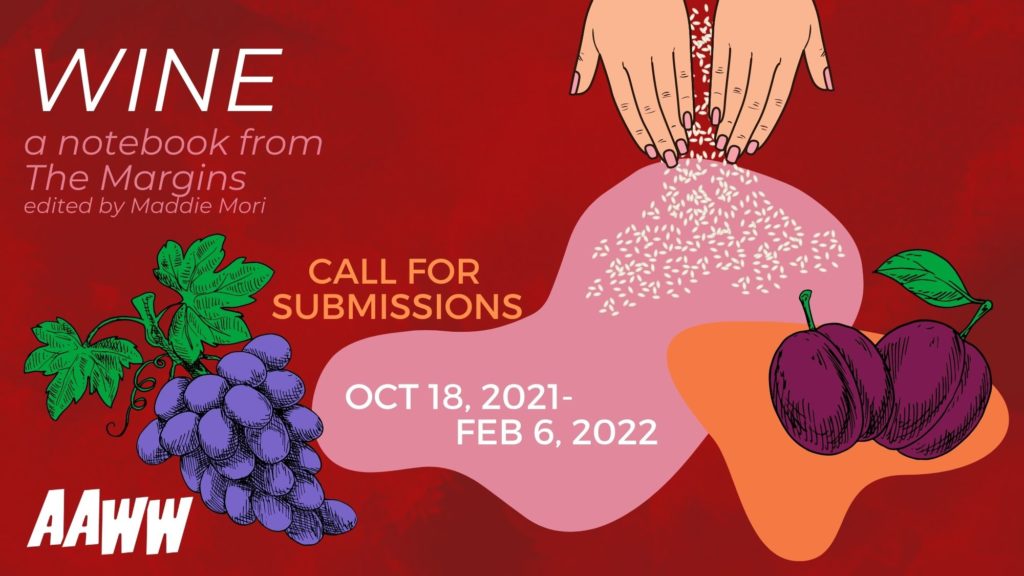I know of nothing stronger than the laughter of these women.

This piece is part of the Wine notebook, which features original art by Su Yu-Xin.
Long ago, when I was a child, I believed my mother’s island to be inhabited solely by women. By matriarchs and spinsters and nuns (in our family, there’s Sister Inday, Sister Daisy, and also Sister Mary Redeem, who went to the convent but left it soon enough because of her temper) and farm girls like my grandmother who made lard cakes for the town fiesta, and shamans who fry geckos and grind them into powder for the treatment of asthma. Where all the men and boys had come from or gone—that rarely crossed my mind. Surely, they existed. But only translucently, without permanence. Like rains that pulse through a cobalt evening; an ocean breeze flustering the awnings of a market square lined with coconut trees, ridges cut into treetop flowers to release sap that would become wine. Collected in long bamboo pails, fermented in glass jugs. If you mix it with the bark of a mangrove tree, the coconut sap darkens to the color of rust.
They say that even before the Spaniards arrived in the Philippines with their cannons and priests and Lord’s Suppers, before the colony galleons and fortresses, coconut wine—known locally as tuba—was the social drink of the archipelago, latching the body to its community. For pleasure, ritual, or medicine. In his Plantas Medicinales de Filipinas, published in 1892, the physician-scholar T. H. Pardo de Tavera describes tuba as an opaline liquid “valuable as a drink for those who are debilitated, suffering from pulmonary catarrh, and even for consumptives.” Blend the alcohol with choice ingredients for the desired remedy. It will reach far into you.
So I imagine them now: aunties in their cotton housedresses, hunched over cast-iron pitchers of hot chocolate made from cacao harvested in the foothill plantations. Outside, the sound of roosters and church bells. A water truck rattling by. Measuring with their eyes, they whisk in the coconut wine, along with Royal Tru-Orange (carbonated, regal), condensed milk, and raw egg yolks to make kinutil—that morning elixir the old women toss down their throats for robust circulation, because a sluggish body is where death catches, while the younger ones drink it for the treatment of irregular menstrual cycles and the weary ones for swift nourishment, a warmth that blooms in the cheeks. Like a dragon swallowing the moon in phases. Their sense of history is the shape of a ring. Wine in the blood is where time drops anchor, the tide swirling against rudder and hull. A yellow hibiscus grows in a clay pot on the kitchen patio. An old calendar hangs on the wall. The pages are stained at the corners from years of soy sauce and cooking oil steam as they curl away from the stove.
Kinutil derives from the Cebuano word for “to stir.” In a separate context, the term indicates confusion or an agitation of the mind. I was born far from the Philippines, diasporic, a creature of the Eastern Seaboard. On my first visit to Mindanao, the aunties pointed to my nose and summoned the image of the matriarch whose portrait hangs on the wall: “You got that from Mama Juana’s father, who was Portuguese. Came to the harbor in Ozamiz one day.” I said that was almost two hundred years ago. We don’t have a picture of him. We barely mention his name. Yet they remain sure of the nose, distinctly aquiline, as if the ghost had contrived to be remembered, if only through the face of a daughter’s daughters’ daughter’s daughter.
And so my great-great-grandfather looks out at the world from the windowpane of my skull. He wants me to believe nothing is lost. Muttering through eye sockets, he tells me to mind the other kin (a matron from the clans of ancient Lake Lanao, a Pasig painter, a tobacco merchant, a bell-maker of Binondo), the other intimate dead because the human form operates not only as both cask and ferment—but also underworld. This cluttered taxonomy of spirits. How noisy the ancestors become with their maelstrom of voices like a set of tuning forks as they convert flesh into memory. Then memory into flesh. We breathe and age. We exhale the flavor of what contains us. The molecules of a descendant always hum, the notes cacophonous.
You see? the ghost cries, we are all here—
—and our wine is always sweet, the women of the island laugh. They clap, shake their hips. Rosary beads at dawn. Their hands smell of liniment and candles. Driving to the cemetery, they pick fallen leaves off tombstones. The Queen of las Flores de Mayo, on her parade float of sunflowers, glides along dusty streets to her coronation. Confetti and fireworks over the central plaza. Siopao and battered quail eggs. Outside the birthing room, a midwife lights a cigarette (“God help me, this business of wrenching life from life . . .”) as choir girls dressed as archangels, hoisted with ropes from a wooden scaffold, sing over a mannequin of the Blessed Virgin:
Birheng Maria, kaluy-i kami!
I know of nothing stronger than the laughter of these women. They stir everything into it. Novenas. Sex jokes. Curses. Tax reports. Is there a word for a laugh that is at once grief and jubilation, a sacred howl that bears teeth to the sky? Because we are the only ones here, that laugh would say. Now and forever, now and forever—



